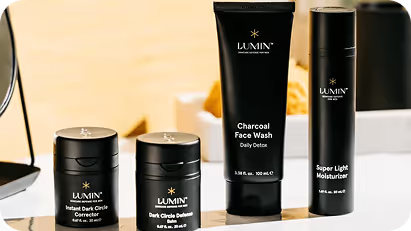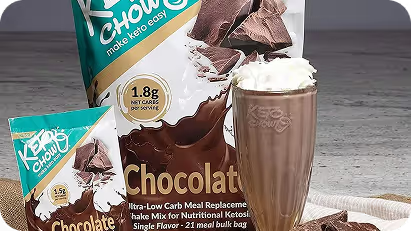How to build your subscription box business from the ground up
Thinking about starting a subscription box business? You’re not alone. Recurring revenue from the subscription ecommerce industry is expected to reach $450 billion in the next year. Although industry reports skew towards subscription heavyweights (asking ‘What’s the biggest subscription box service’ on Google might get you ‘Netflix’ as a result), ecommerce merchants selling physical subscription boxes are also popular (and profitable!) with consumers.
Companies such as Dollar Shave Club and Ipsy are included in the subscription ecommerce industry, which is expected to surpass 72.9% compound annual growth. Subscription boxes bring in recurring revenue and offer flexible profit margins for the business thanks to the ability to mix and match the contents, and these boxes are popular as gifts. To reinforce the magnitude of the trend, consider that 40% of all consumers in the Southern/Western United States plan on gifting a subscription box for Mother’s Day (fully half of consumers are thinking of sourcing a subscription box for dad!).
Subscription box businesses can be a lucrative avenue for e-commerce stores, especially if the contents are a surprise. An article from the Kelley School of Business at Indiana State University suggests that 79% of traditional direct-to-consumer businesses like Amazon, Proctor and Gamble, and Walmart plan to (or already do) offer subscription box services themselves. While Amazon’s ‘subscribe and save’ isn’t quite the same as Blue Apron or Bark Box, the core idea of paying for a monthly delivery of goods has caught on in a major way.
Earning recurring revenue from subscription boxes starts with an interesting idea
As a founder, what interests are you interested in sharing with the world? What types of products do you enjoy? What excites you about these products, and where would you get them? Or, for an existing eCommerce business, what already sells?
Once you find a pool of interesting products to include in your subscription box, you can begin thinking about profits margins, inventory and sales. However, in the very beginning, the best subscription boxes might focus on a topic you know well, are especially interested in, or have an unfair advantage in being able to produce or procure.
Earning recurring revenue from subscription boxes requires understanding the target market
After you’ve narrowed down your business ideas to the ones that best fit your personal circumstances or interests, it’s time to start thinking about who will buy. The ideal customer profile (ICP) is a buyer persona or profile for your ideal customer. The ICP may be someone who would seek the business out independently thanks to their niche interests, consistently subscribe, or bring in other clients with word of mouth.
Who is the ICP for the niche you’ve chosen to use? Is there someone you’ve met who you can envision as this ‘buyer profile?’ Making decisions about what products to include in the box, how to market your offering, and other aspects of the business is easier when you have an idea of who you’re actually ‘telling the story’ of your business to. The more insight here, the better: demographic information about the ICP such as age, personality traits, or personal style can all be useful. Customer interviews, quantitative data about the target market, and other personality insights for your target customer (such as which social media profiles they use most) can go far. Product iteration, testing, and focus groups can be invaluable in this stage.
Pricing and sourcing inventory for subscription boxes
With an idea of what products to include in the subscription box, as well as who the ideal customer is who will buy, the savvy founder should now have enough insight to dive into products and profit margins. Who is your ICP, why are they interested in the box you sell, and what might they pay? Competitive pricing is enticing for early subscribers, but ensure the pricing is profitable enough to be sustainable over the long term. Keeping customer insights in mind from the beginning can help shape the product offering in line with company goals.
Be sure to consider the impact of shipping costs. Customers are less likely to abandon the purchase when they are offered free shipping – but just as before, ecommerce stores should ensure this cost is feasible to sustain. Depending on where the subscription box will ship and what it contains, shipping and logistics may end up being one of the main operations costs. Calculate shipping costs from major options, and keep an eye out for others in your area. Fulfillment centers, such as Fulfilled By Amazon or ShipBob can help if you have a large volume of sales. However, packing and shipping boxes yourself gives you more control over how the product will be received.
Launching your subscription box business
Now you have a solid understanding of your customers, who they are, and how they buy; you have priced the product appropriately and are ready to start making some sales! Now it’s time to set up a website, and a system to take payments, as well as start marketing in ways that benefit your ecommerce subscription box brand. No amount of planning can eliminate mishaps or delays, but by being adaptable and adjusting the process as you go, your subscription box business will quickly gain traction on the ground. Happy launch!
Table of contents























.png)







.png)







































